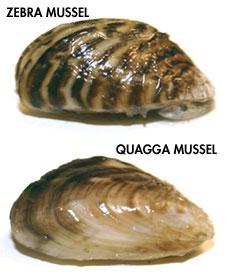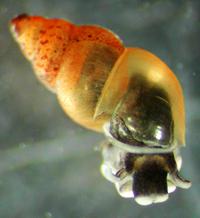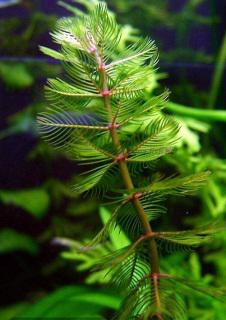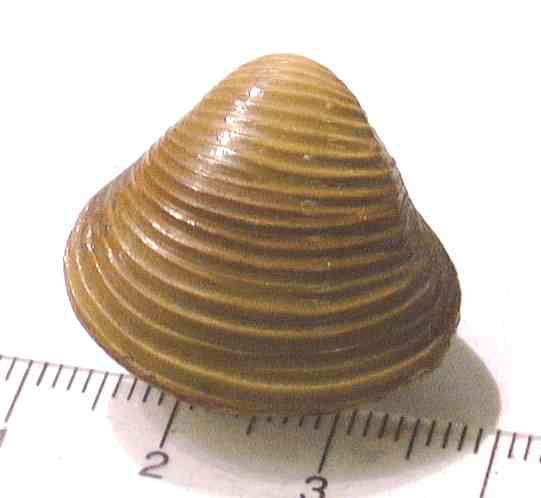Aquatic Invasive Species
What are Aquatic Invasive Species?
Aquatic Invasive Species…
- Are non-native plants, animals, and pathogens (disease-causing microorganisms)
- Live primarily in water
- Thrive in a new environment
- Cause economic loss, environmental damage, and harm to human health
The AIS Program works to prevent the spread of these invasive species to our local lakes. As the drinking water source for more than 120,000 people, it’s especially important to protect Lake Whatcom from these harmful organisms. We continue to expand our protection efforts as visitation to our lakes grow and aquatic invasive species detections occur closer to Whatcom County.
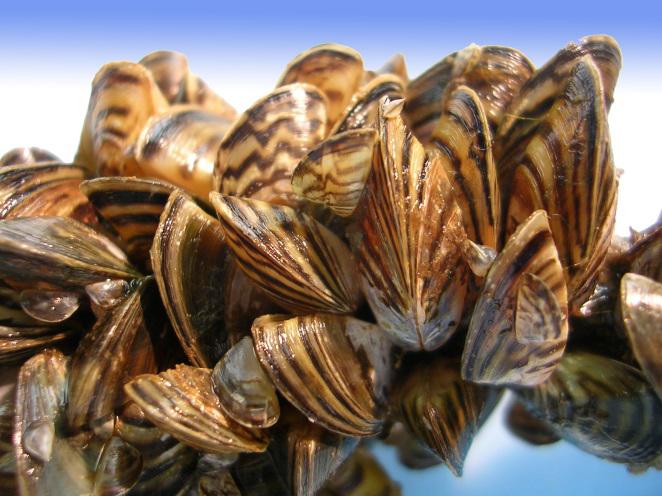
Credit: U.S. Fish & Wildlife Service
Pathways
Invasive species can be transported using a variety of different pathways including boat hulls, aquarium trade, as frozen or live aquatic food and bait, and by pets and humans.
- They attach to boat hulls, motors, trailers and recreational equipment
- They attach to float planes
- They can be found in bilge tanks, live wells, and engine cooling water
- They attach to field gear, such as waders
- They are released from aquariums or bait buckets being emptied
- They can be transferred by waterfowl and other animals
- They are deliberately released by individuals
Impacts
Aquatic invasive species infestations result in a variety of economic, recreational, and environmental impacts. Depending on the species in question, they can:
- Attach to and damage infrastructure, boats, and water conveyance structures
- Clog intake pipes and restrict the flow of water to drinking water supplies, irrigation operations, and power plants
- Cause long-term taste and odor problems in drinking water
- Make shoreline areas hazardous and uninviting for recreational users and property owners
- Take over habitats from native species and spread toxic algal blooms
In Washington, it is against the law to transport aquatic weeds, zebra mussels, or other aquatic invasive species.
Species of concern:
What can you do to help?
Boaters have an important role in protecting our local lakes. Prevention is the most effective option for stopping the spread of aquatic invasive species. When boating and recreating, remember to follow these simple steps:
- Clean – Remove all aquatic plants, animals, and mud and thoroughly wash everything
- Drain – Drain all water from your boat, trailer, tackle and gear before leaving the area, including wells, bilge, and engine cooling water
- Dry – Allow sufficient time for your boat to completely dry before launching in other waters
Do not release pets, aquatic plants, or aquarium water into the wild.
Do not transport aquatic plants or animals between bodies of water.
Report sightings: Email AIS Staff at g.pw.ais@cob.org or call 1-877-9-INFEST
More Resources:
Washington Invasive Species Council

